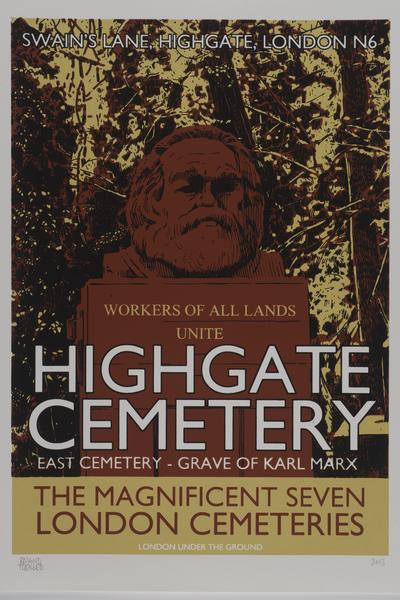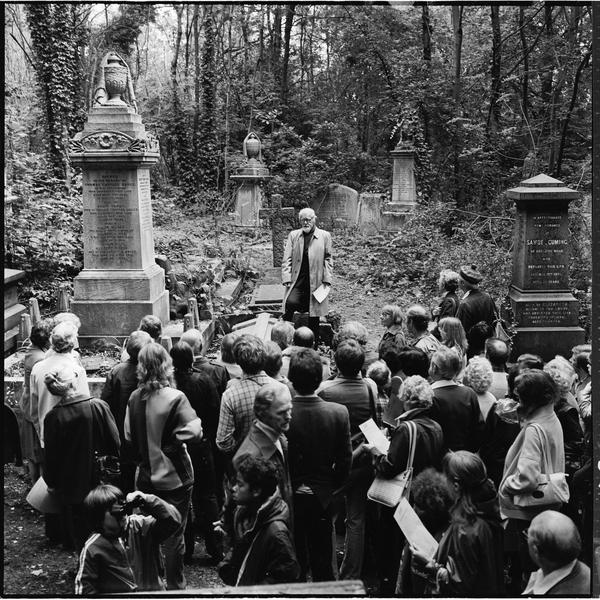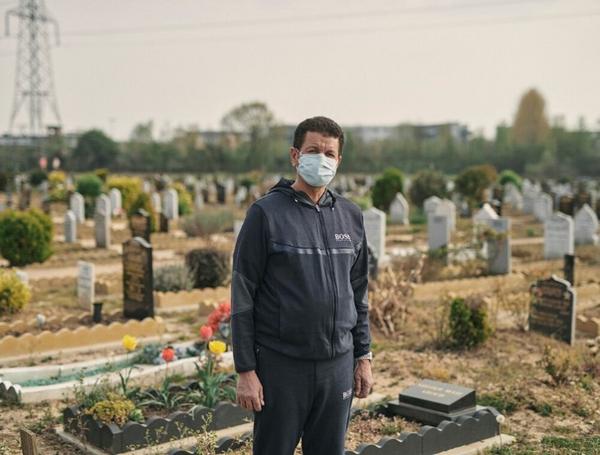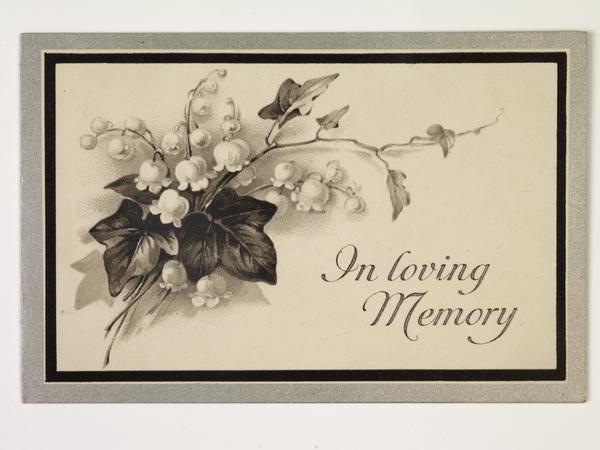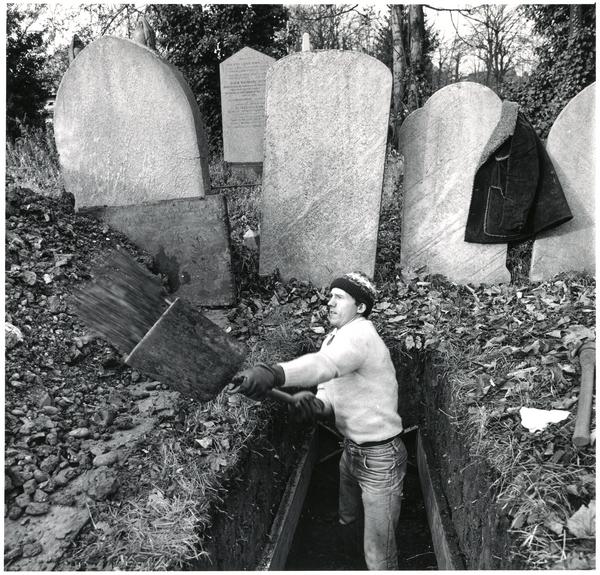Highgate Cemetery
London’s best-known cemetery, Highgate, has a reputation for its beauty, its views – and the many people who visit to see the tomb of philosopher Karl Marx.
Camden
1839

Karl Marx's grave in Highgate Cemetery.
The famous graveyard, and graveyard of the famous
Highgate Cemetery in north London opened in 1839 – one of seven new commercial cemeteries built to help the city deal with a severe lack of burial space. These are now known as the Magnificent Seven.
Its official name is St James’s Cemetery of Highgate. What’s now called the West side opened first. It quickly proved to be a successful venture, with many wealthy, powerful Londoners choosing to be buried there.
Highgate’s owner, the London Cemetery Company, acquired more land and opened the East side in 1854. Today, there are over 170,000 people buried at Highgate.
A cemetery with a view
The London Cemetery Company also established Nunhead Cemetery in south London.
This pair of cemeteries are almost 15km apart. But the two hillside sites were chosen so that you could see all the way from one to the other – with St Paul’s Cathedral at the centre.

Bernard Walter Evans paints the view of St Paul's Cathedral from Highgate Cemetery.
Design and architecture
Highgate’s entrance is flanked by two chapels built in a Tudor Gothic style. One was the Anglican Chapel. The other was for dissenters, followers of other Christian denominations. They were designed by the architect Stephen Geary, who’s now buried in Highgate.
The landscaping makes use of winding roads and footpaths. Among the notable features are the Egyptian Avenue, with columns and obelisks featuring motifs inspired by ancient Egypt.
This leads to the Circle of Lebanon, catacombs built around a magnificent cedar tree. Sadly the tree was cut down in 2019 over fears it could collapse. It was almost 200 years old, and had survived a lightning strike.

Screenprint of the Egyptian Gateway at Highgate Cemetery.
In the 1850s, the Anglican chapel was doubled in size. The installation of a lift meant that coffins could be lowered into the basement and transferred via a tunnel to the new East side for interment.
Who’s buried at Highgate Cemetery?
Highgate is the final resting place of many well-known people. In the West side you can find the graves of the poet Christina Rossetti, the scientist Michael Faraday and the singer George Michael, under his birth name Georgios Kyriacos Panayiotou.
Also buried here is Tom Sayers, a bare knuckle fighter whose funeral in 1865 was reportedly attended by 100,000 people. Sayers’ tomb features a life-size sculpture of his dog, Lion.
But Highgate’s most-famous monument is the tomb of Karl Marx, located in the East side. While many people visit to pay their respects or leave tributes to the philosopher, not everyone is a fan. It has been vandalised so many times that it’s now monitored by CCTV.
Among Marx’s neighbours are the authors George Eliot, Andrea Levy and Douglas Adams – often with a pot of pens in front of his gravestone.

Photographer Henry Grant captures a tour group visiting Highgate Cemetery.
Introducing entry charges
In spite of the many luminaries buried at Highgate, by the 1960s its owner ran out of money and the cemetery was neglected.
From 1975, the voluntary Friends of Highgate Cemetery has worked to preserve and restore the site.
To help pay for this work, Highgate charges visitors to enter – although grave passes allow those with loved ones buried in its grounds to enter for free.

